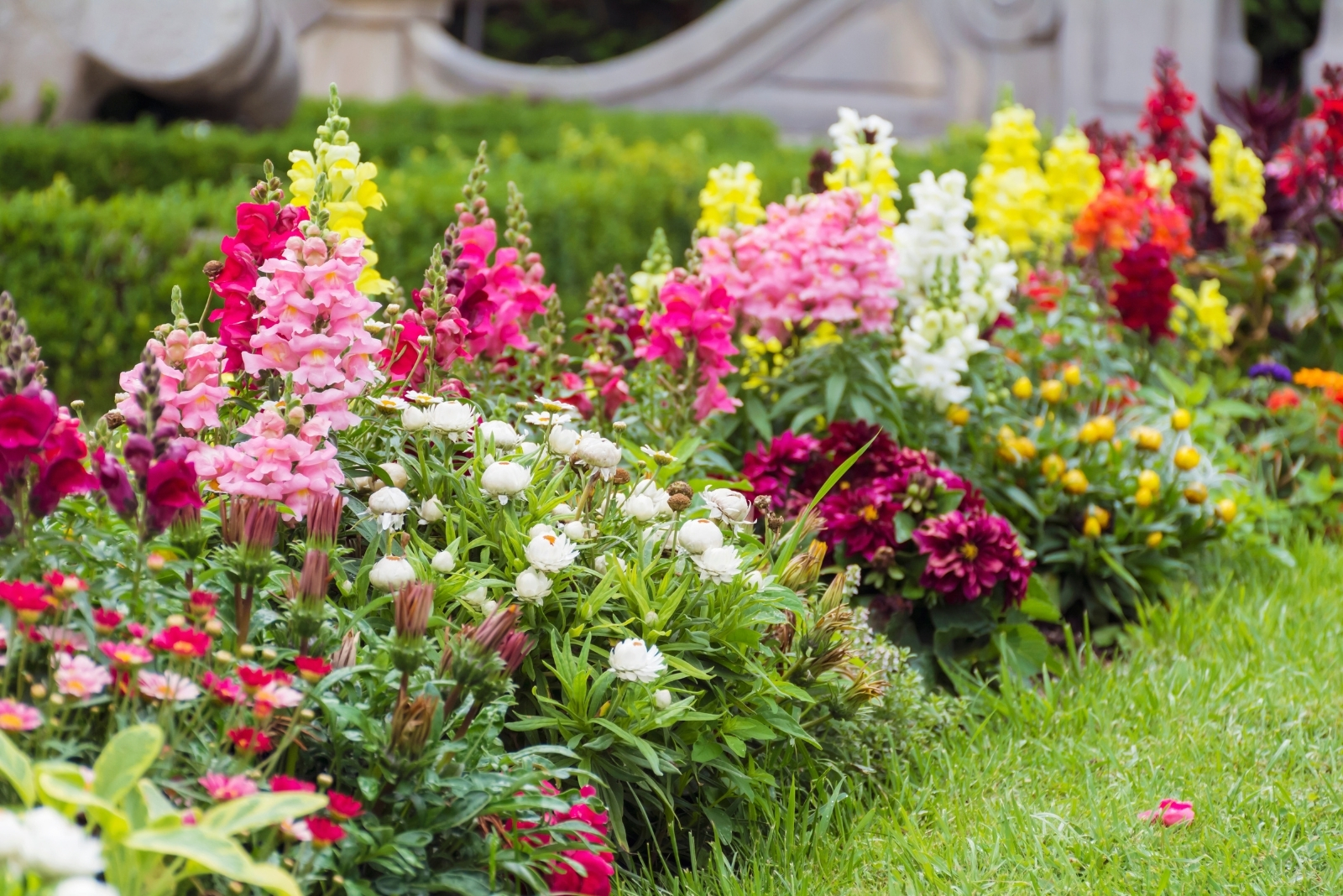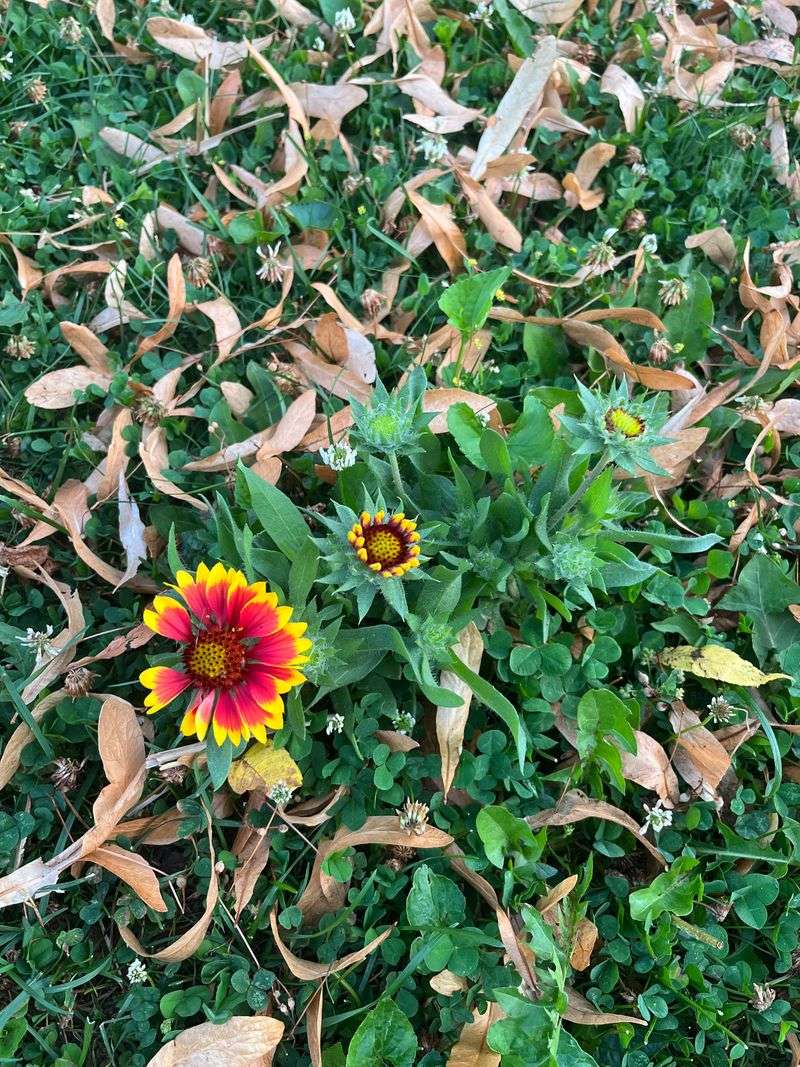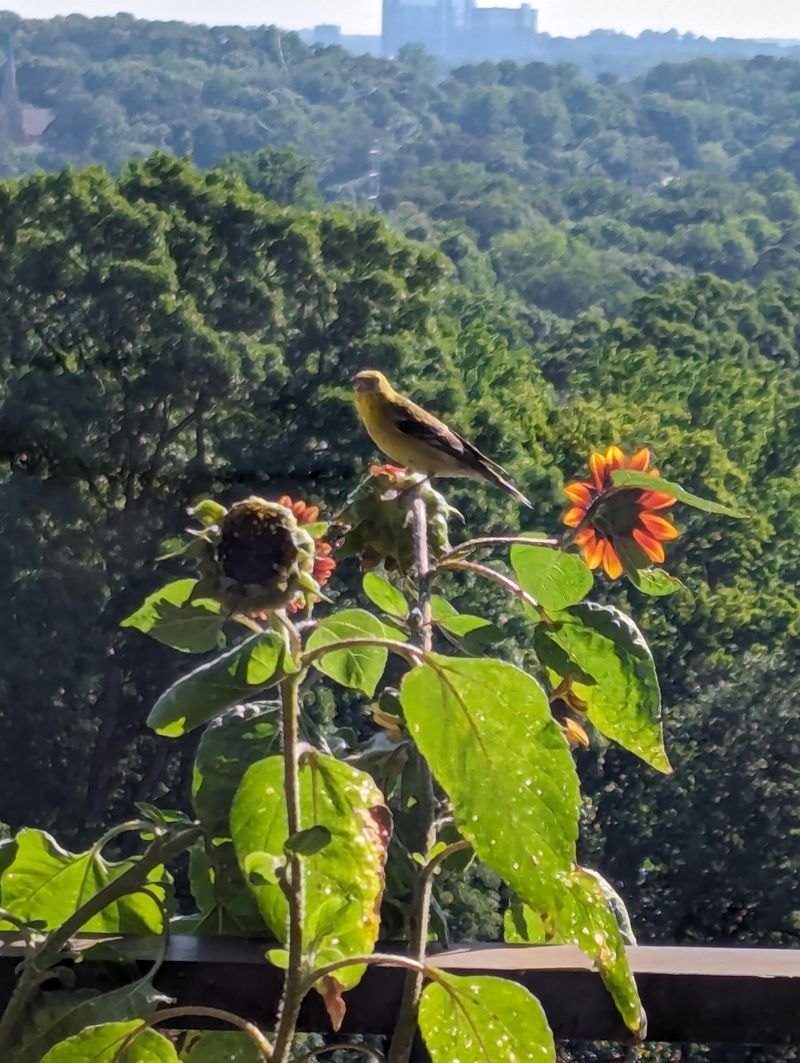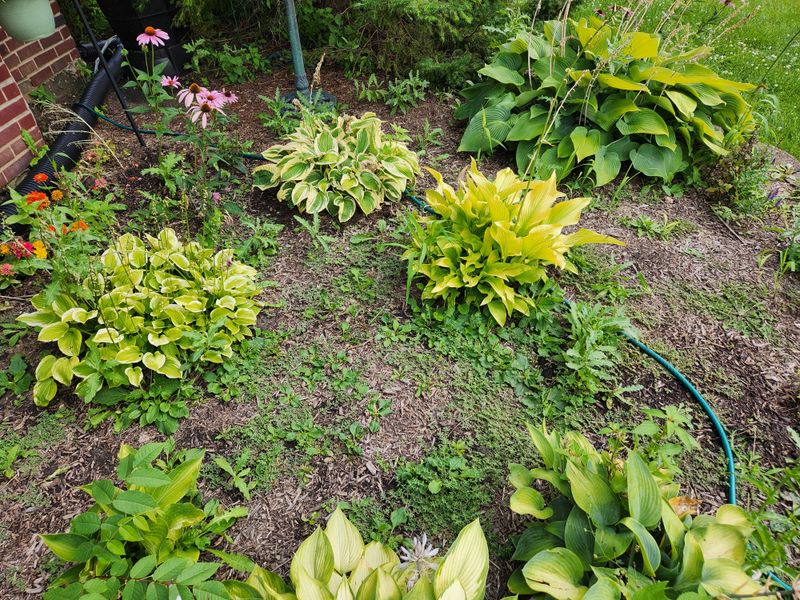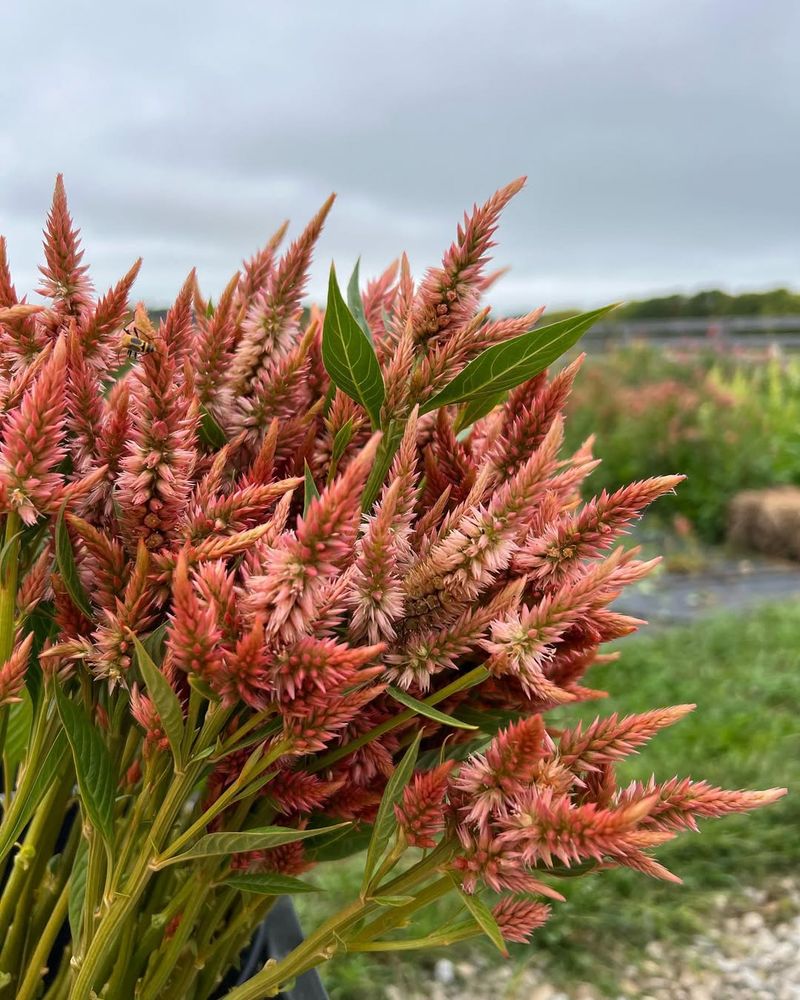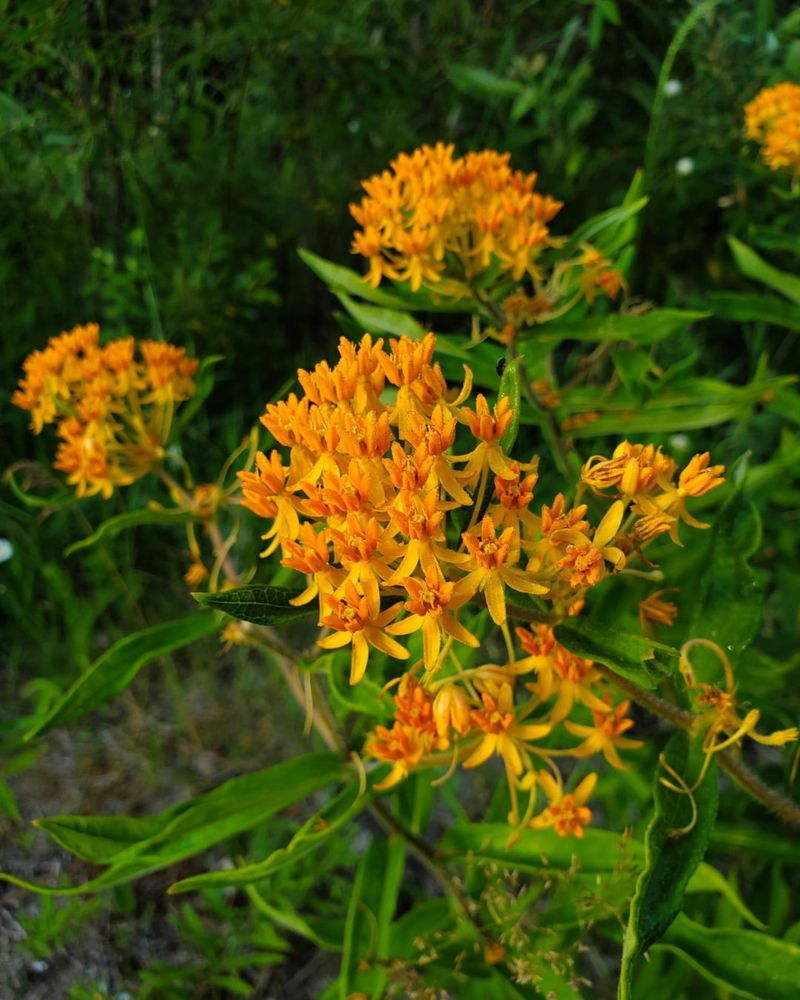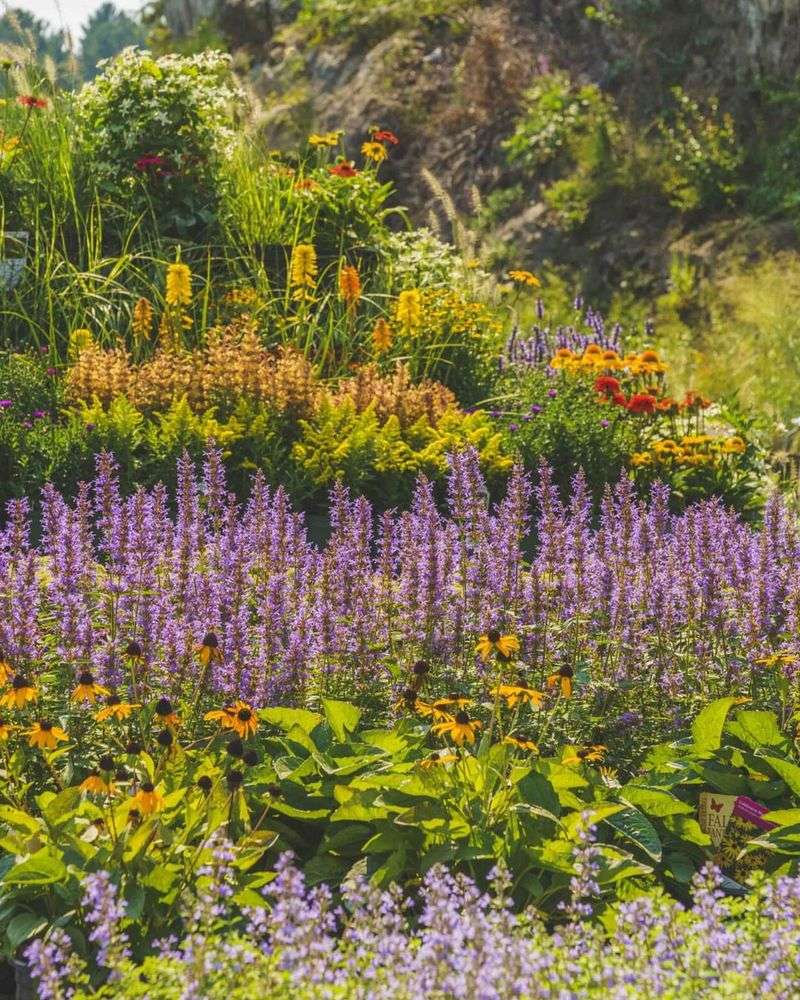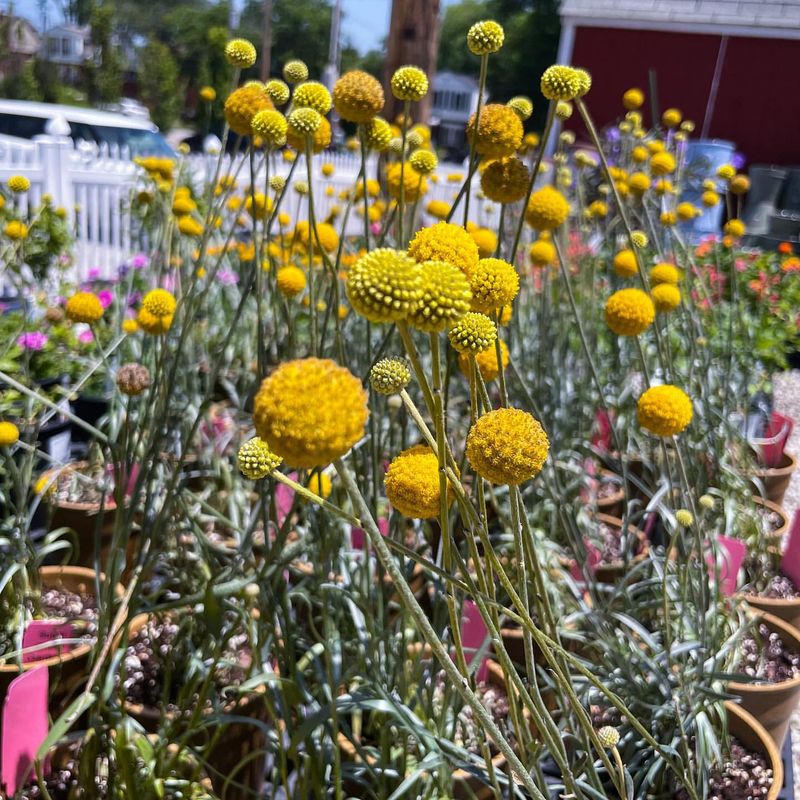It’s tempting to clear out annuals as soon as fall arrives in California, but patience pays off. Some plants can still be surprisingly resilient and add life through the cooler months.
Tossing them too early can rob your garden of unexpected color and structure. Waiting a little longer gives you a stronger start next spring.
1. Shelter for Beneficial Insects
Beneficial bugs need somewhere safe to spend the winter months, and your old annuals provide the perfect hideout. Ladybugs, lacewings, and native bees often tuck themselves into hollow stems and dried flower heads when temperatures drop.
California gardeners who leave these plants standing through winter create mini hotels for helpful insects. When spring arrives, these bugs wake up ready to munch on garden pests and pollinate your new flowers.
Cutting everything down too early forces these beneficial creatures to find shelter elsewhere or risk not surviving the cold nights.
2. Natural Bird Feeders
Your faded annuals transform into all-you-can-eat buffets for birds throughout the colder months. Seed heads from zinnias, sunflowers, and cosmos offer nutritious snacks when other food sources become scarce.
Watching finches, sparrows, and other songbirds visit your garden adds life to the quieter season in California. These feathered friends also help control insect populations while they search for seeds and any bugs still hanging around.
Removing annuals too soon takes away this valuable food source right when birds need extra calories to stay warm during chilly California nights.
3. Free Mulch and Soil Improvement
Dead annuals might look messy, but they’re actually working hard to improve your California garden soil. As stems and leaves break down over winter, they add valuable organic matter that feeds earthworms and beneficial microbes.
This natural process creates richer, fluffier soil without you spending money on bagged compost or mulch. The decomposing plant material also helps the ground retain moisture during California’s dry spells.
Rushing to clear your beds in fall means missing out on this free soil amendment that nature provides when you simply let things be.
4. Protection for Perennial Roots
Leaving your annuals in place creates a protective blanket over the roots of nearby perennials and bulbs. Even though California winters are mild compared to other states, overnight frosts can still damage sensitive root systems.
The dried stems and foliage act like a natural insulator, keeping soil temperatures more stable. This layer also shields the ground from heavy winter rains that might otherwise wash away topsoil or expose shallow roots.
California gardeners who wait until spring give their perennials better protection, leading to stronger growth when warm weather returns and everything starts waking up again.
5. Habitat for Native Pollinators
Native bees and other pollinators desperately need safe places to overwinter, and your dried annuals offer exactly that. Many California native bee species lay eggs in hollow plant stems, where the young bees develop slowly through winter.
Butterfly chrysalises often attach to dead flower stalks, waiting patiently for spring warmth to trigger their transformation. Cutting down your annuals too early can accidentally destroy these developing insects before they ever get a chance to emerge.
Supporting California’s native pollinators helps your entire garden ecosystem thrive while protecting species that are already facing habitat loss throughout the state.
6. Less Work During Busy Season
Fall is already packed with holidays, family gatherings, and preparing for the end of the year. Why add a big garden cleanup project to your already crowded schedule?
Waiting until spring to remove annuals spreads out your gardening tasks more evenly throughout the year. California’s mild late winter and early spring weather makes cleanup much more pleasant than working in chilly November rain.
You’ll also be able to see exactly which perennials survived winter and where gaps exist, making it easier to plan your spring planting strategy while you clear away the old growth.
7. Natural Garden Structure and Interest
Dried annuals add unexpected beauty to your California winter garden with their sculptural forms and interesting textures. Seed heads catch morning dew and create sparkling displays, while frost-touched stems glow golden in low winter sunlight.
Many gardeners find the natural, slightly wild look more appealing than bare dirt beds during the dormant season. Ornamental grasses and tall flowers like coneflowers create dramatic silhouettes that change throughout winter as they weather and fade.
California’s Mediterranean climate means you can enjoy these architectural elements without everything getting buried under snow like gardens in colder states experience each year.
8. Prevents Soil Erosion
California’s winter rains can be intense, and bare soil is vulnerable to washing away during heavy storms. The root systems of your annuals, even dead ones, continue holding soil particles together through the rainy season.
Above-ground stems and foliage slow down rainwater as it hits the ground, reducing the force of impact that causes erosion. This is especially important for California gardens on slopes or in areas that receive runoff from higher ground.
Removing annuals too early leaves your garden beds exposed right before the wettest months arrive, potentially losing precious topsoil that took years to build up through careful gardening.

